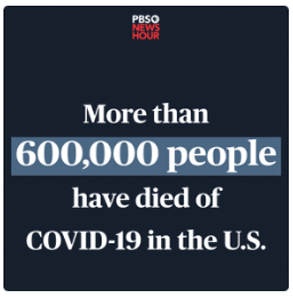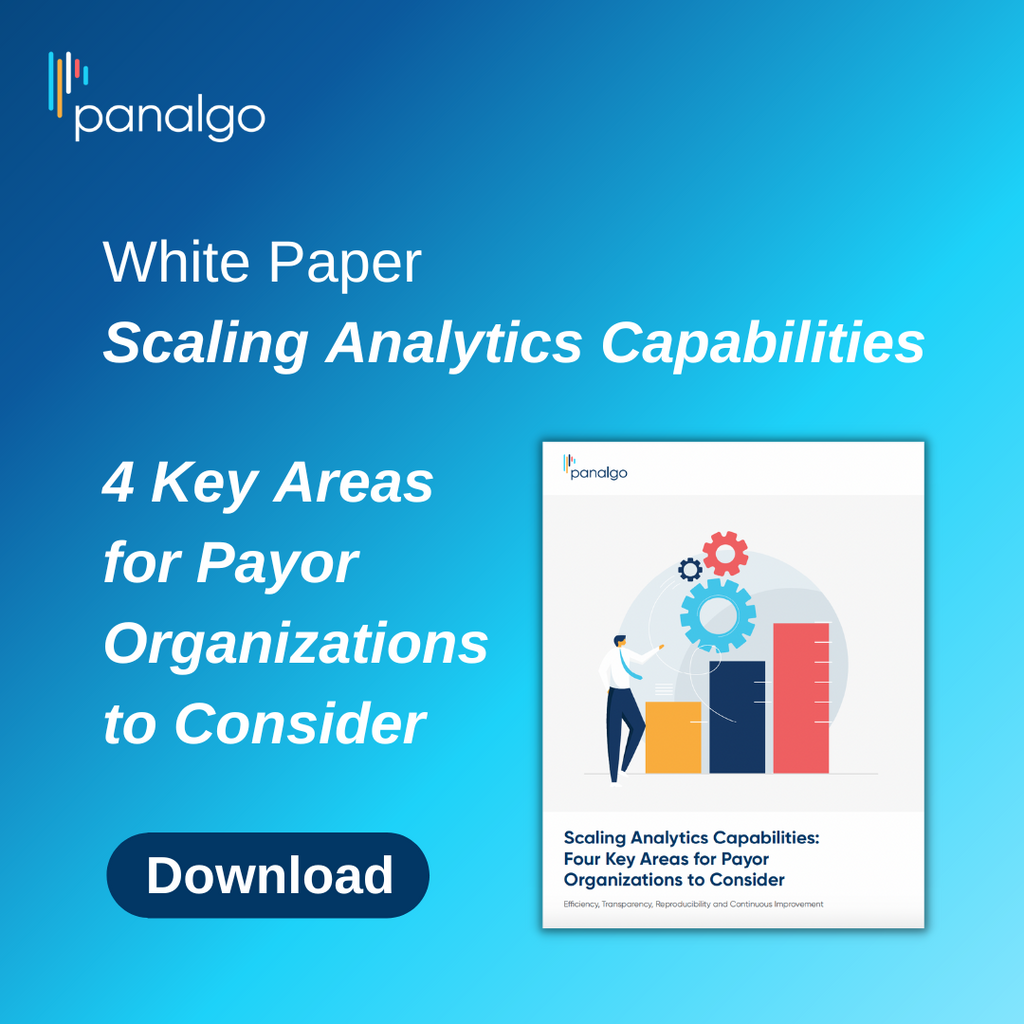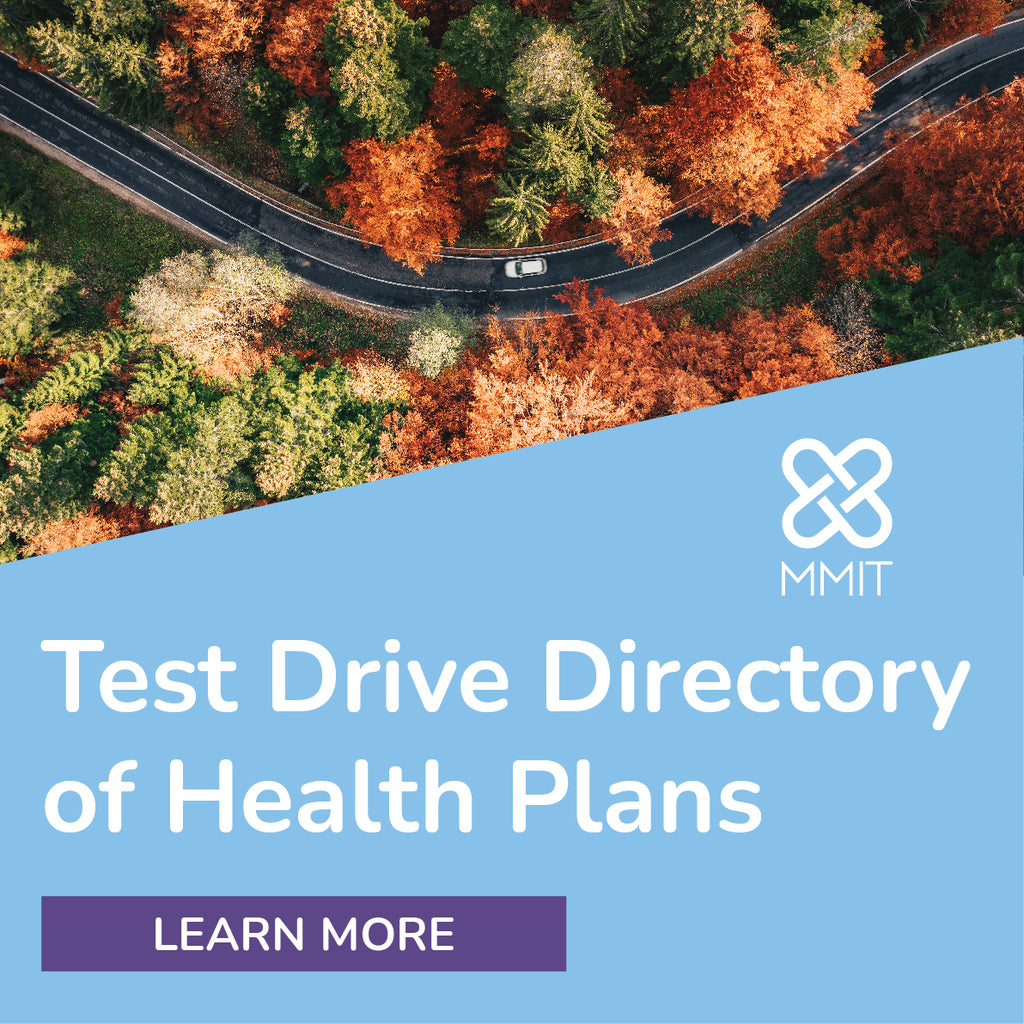Health Plan Weekly
-
Policy Pressures, Rising Costs, Rate Hikes: Sizing Up the 2026 ACA Market
With states now starting to reveal the rates that insurers have requested for their Affordable Care Act exchange plans, a portrait of what the market could look like next year — amid significant policy and financial headwinds — is coming into focus.
“Right now, it’s going to be much more expensive” to buy coverage on the ACA marketplace next year, says David Anderson, an assistant professor at the University of South Carolina who has studied the ACA exchanges since their inception. And health insurers will be feeling pain, too, he predicts.

-
Elevance Cuts Financial Guidance Due to Rising ACA Exchange, Medicaid Costs
Elevance Health, Inc. on July 17 revealed second-quarter earnings that were in line with the Wall Steet consensus estimate, but the company nonetheless reduced its financial guidance for the year, citing increasing cost trends in the Affordable Care Act exchange and managed Medicaid segments. The insurer is the latest company this month to mention struggles in those business lines, following Centene Corp.’s July 1 announcement that it pulled its 2025 guidance and Molina Healthcare, Inc.’s July 7 disclosure that it reduced its guidance.
Elevance’s stock closed at $302.25 on July 17, a 12.2% decline from the previous day and its lowest share price since February 2021.

-
Analysts Downgrade Oscar’s Stock Due to ACA Exchange Uncertainty
Two Wall Street analysts recently downgraded Oscar Health, Inc.’s stock, citing concerns about the Affordable Care Act exchange market. Ari Gottlieb, principal of health care consulting form A2 Strategies, tells AIS Health that the worries are warranted considering Oscar’s exposure to the exchanges. He adds that analysts are “appropriately recognizing that beyond all the macro risks around what’s going to happen to the exchanges, there also is an imminent collapse of profitability in the exchange sector.”
Wells Fargo analysts in a July 11 note downgraded their rating on Oscar to “underweight” and set a price target of $10 per share, representing a 35.6% decline from the company’s stock price as of that day. They wrote that they lowered their expectations “as evidence of rising exchange acuity continues to build” and noted that “pricing for 2025 does not appear adequate to cover cost trend + increasing market acuity.”

-
From RADV Audits to Utilization Concerns, Medicare Advantage Insurers Chart Uncertain Path
Since President Donald Trump’s return to the White House, CMS has been clear about its goals of rooting out fraud, waste and abuse. For Medicare Advantage organizations, that means an expansion of Risk Adjustment Data Validation (RADV) audits, which present operational burdens and potential financial implications for plans. But that’s just one key area of uncertainty that industry observers are watching in the second half of 2025. How can MA organizations keep calm and carry on?
“There is quite a lot of uncertainty in this market currently and as such, ‘carrying on’ should not mean doing the minimum when it comes to successfully operating an MA plan. Sitting idle in MA is not an option,” advises Julia Friedman, principal and consulting actuary with Milliman. “MAOs need to ensure they are well ahead of compliance and documentation, doubling down on quality and [Star Ratings] metrics, and investing in appropriate utilization management programs. Organizations that truly prioritize integration — both working through intra-departmental integration as well as externally pushing investments in integration of data-driven clinical, pharmacy, and provider relationships — will set themselves up for success.”

-
News Briefs: CMS Moves to Limit Continuous Medicaid Eligibility Waivers
CMS on July 17 issued guidance to states that details how it will be moving away from Medicaid demonstrations focused on continuous eligibility and workforce initiatives. Specifically, the agency said it doesn’t plan to approve new or extend existing section 1115 demonstration authorities that have allowed some people to remain enrolled in Medicaid or the Children’s Health Insurance Program “for extended periods of time, even if they may not have otherwise been eligible.”
Additionally, CMS said it doesn’t anticipate approving new or extending existing programs that use Medicaid dollars to fund certain job training or employment-related activities. CMS said the announcement “reflects a recalibrated approach that reinforces statutory boundaries, enhances oversight, and helps ensure taxpayer-funded benefits go only to those who meet eligibility requirements.”












